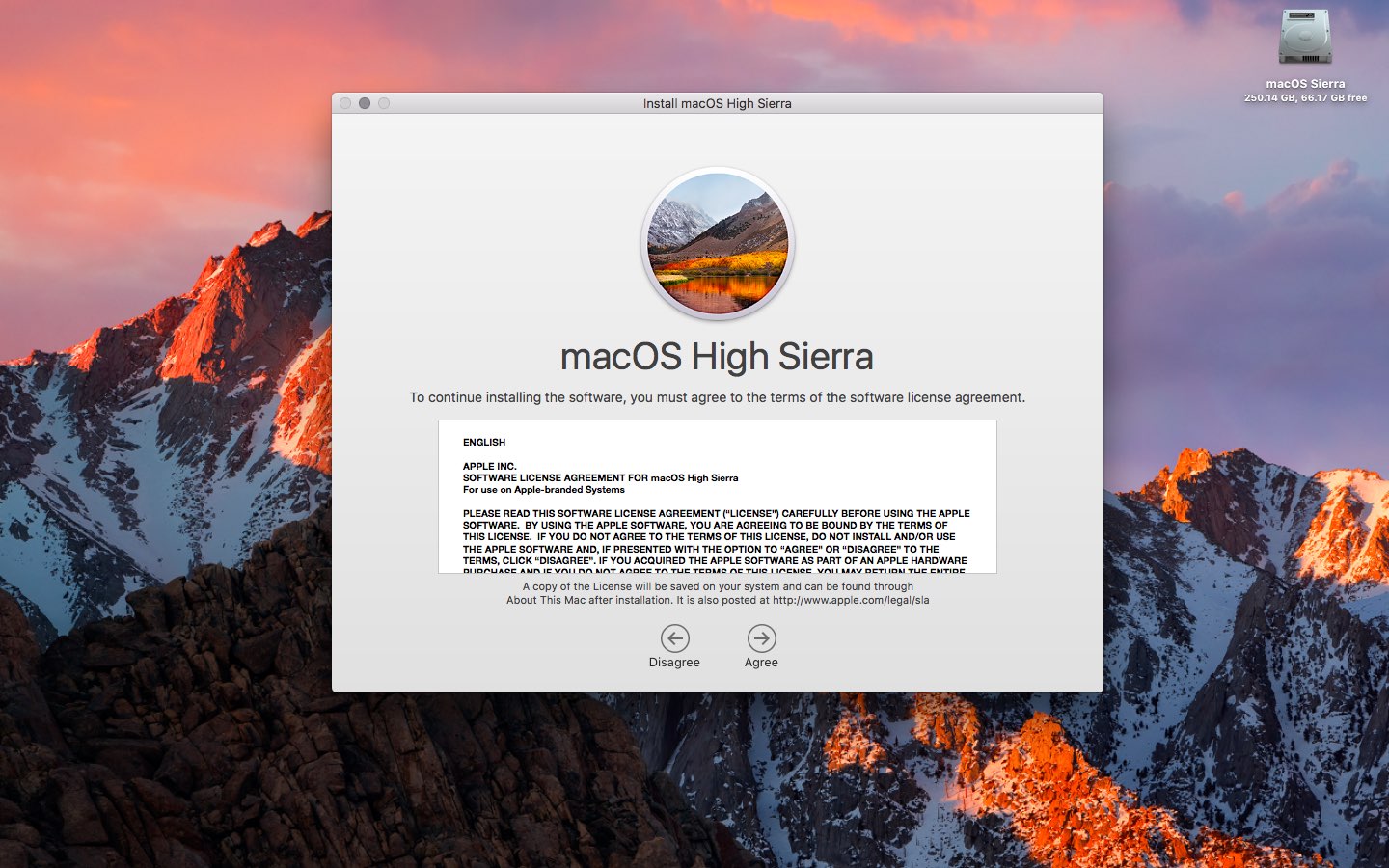
Insert the USB flash drive into a USB port.

SEE: How to download macOS High Sierra and which Macs are compatible (TechRepublic) How to create a bootable USB installer for macOS High Sierraġ.
User account with administrative privileges. Apple computer with Mac App Store (OS X 10.7.5 or later). Install MacOS High Sierra.app (the installer downloaded from the Mac App Store). SEE: Ultimate Design & Animation Bundle (TechRepublic Academy) Requirements for creating a bootable drive Note: Given macOS High Sierra’s current beta status, the installation process is subject to change between now and the release of the final code however, that’s unlikely to happen, so the steps detailed here should be valid for the final release as well. Similarly, for end users that have multiple computers to upgrade, the USB installation method cuts the time down per install significantly, especially for users with limited internet access or metered connections. The OS updates for enterprise users are usually managed by IT staff, and downloading the update per computer isn’t the best approach–that’s why IT pros may want to create a bootable USB installer drive. Microsoft adds Copilot AI productivity bot to 365 suiteĦ best alternatives for 2023 (Free & Paid)Īpple takes great care to ensure that personal users can use their computers with little to no fuss, and this applies to the OS install/upgrade cycle. The requirements for macOS High Sierra are identical to those of macOS Sierra. Apple made the download available to public beta testers as part of the Apple Beta Software Program. Version 10.13 of the popular operating system was made available as a beta to developers later that same day. You can now quit Terminal and eject the volume.On June 5, 2017, Apple announced macOS High Sierra at its annual WWDC event. When Terminal says that it's done, the volume will have the same name as the installer you downloaded, such as Install macOS Monterey. After the volume is erased, you may see an alert that Terminal would like to access files on a removable volume. Terminal shows the progress as the volume is erased. When prompted, type Y to confirm that you want to erase the volume, then press Return. 
Terminal doesn't show any characters as you type. When prompted, type your administrator password.

If the volume has a different name, replace MyVolume in the command with the name of your volume. Each command assumes that the installer is in your Applications folder, and MyVolume is the name of the USB flash drive or other volume you're using.

Type or paste one of the commands below into Terminal, then press Return to enter the command.Open Terminal, which is in the Utilities folder of your Applications folder.Plug in the USB flash drive or other volume that you're using for the bootable installer.








 0 kommentar(er)
0 kommentar(er)
